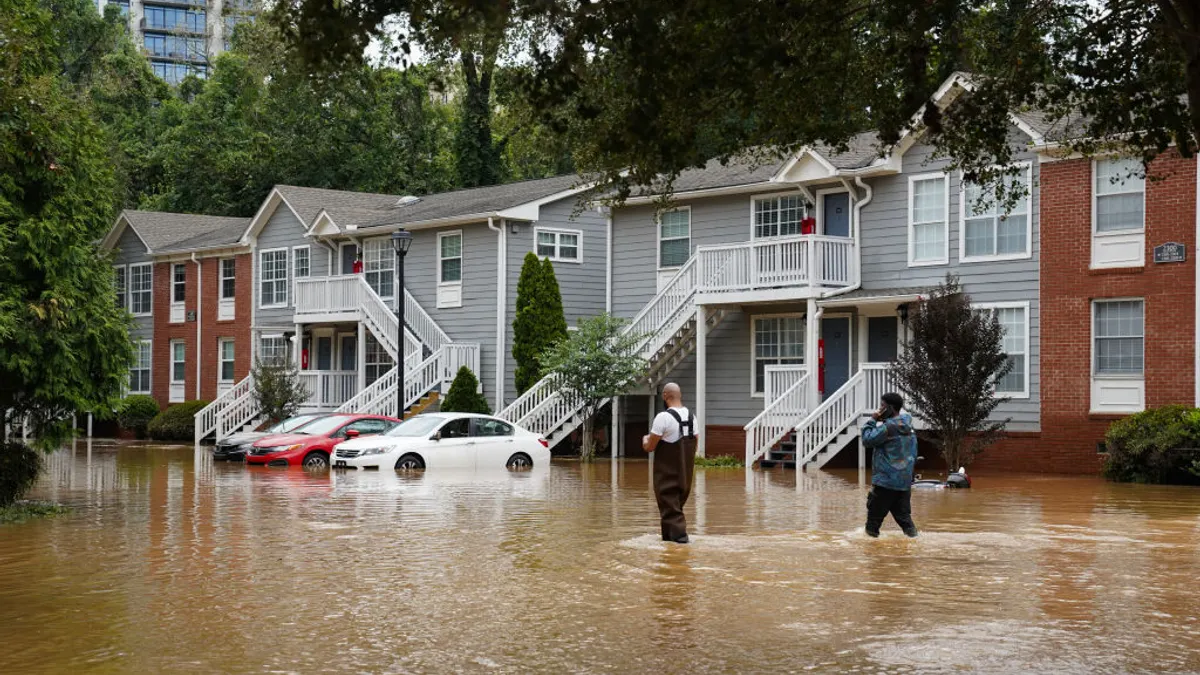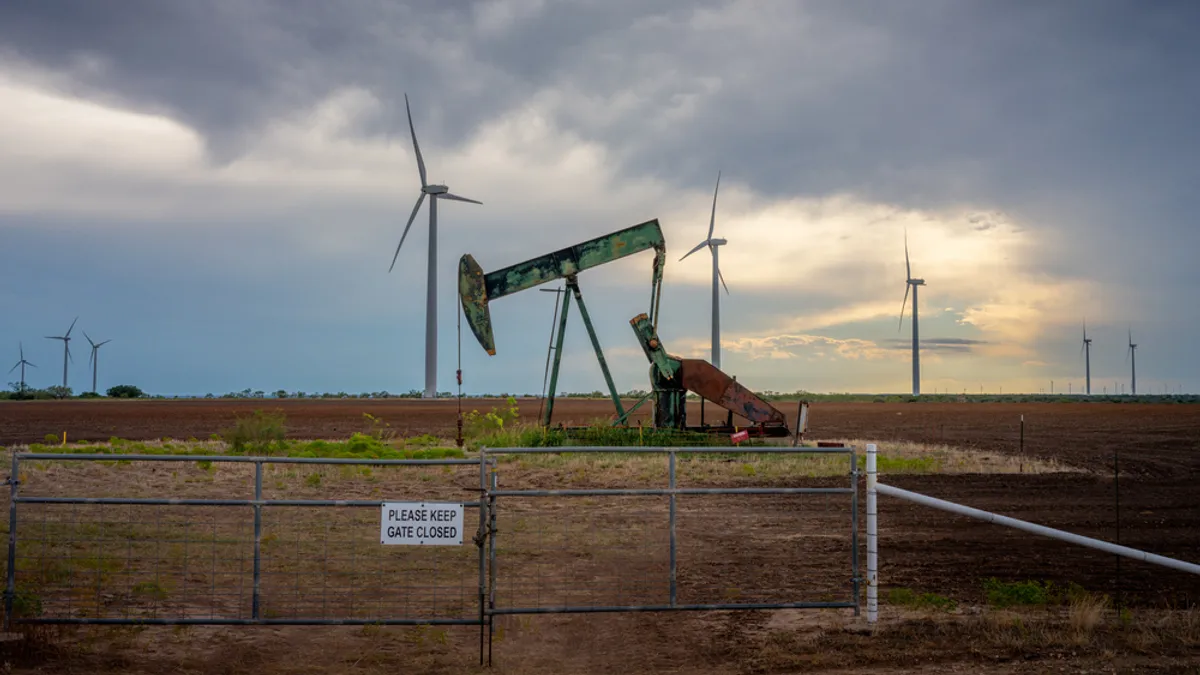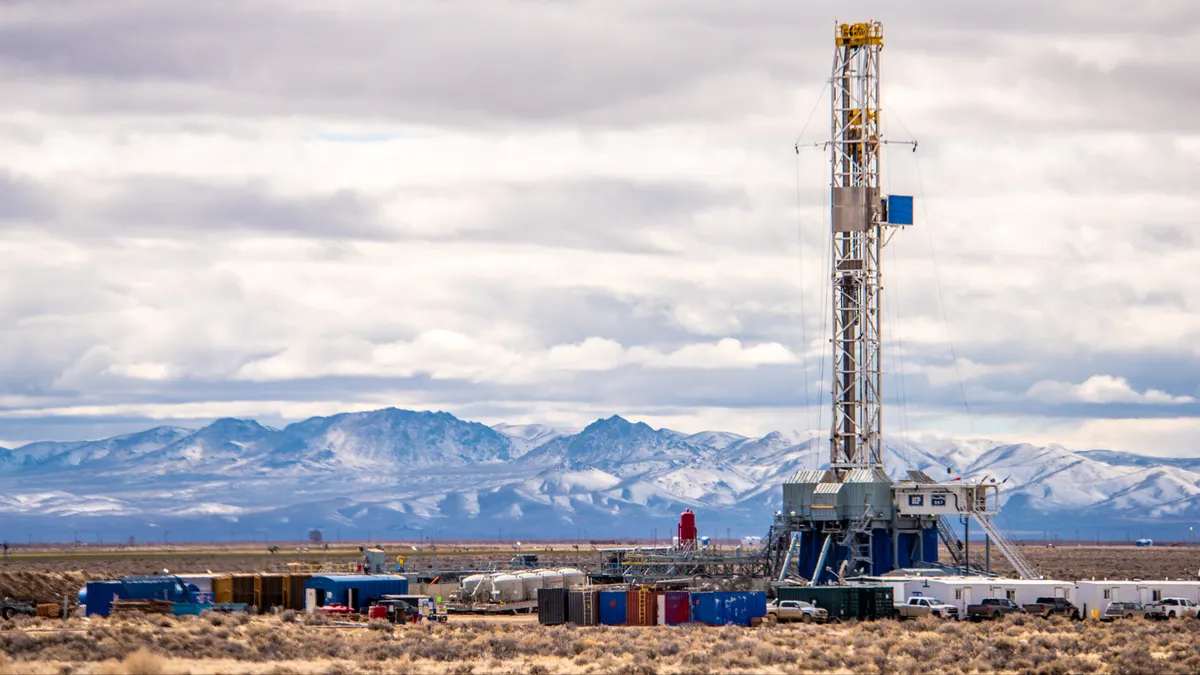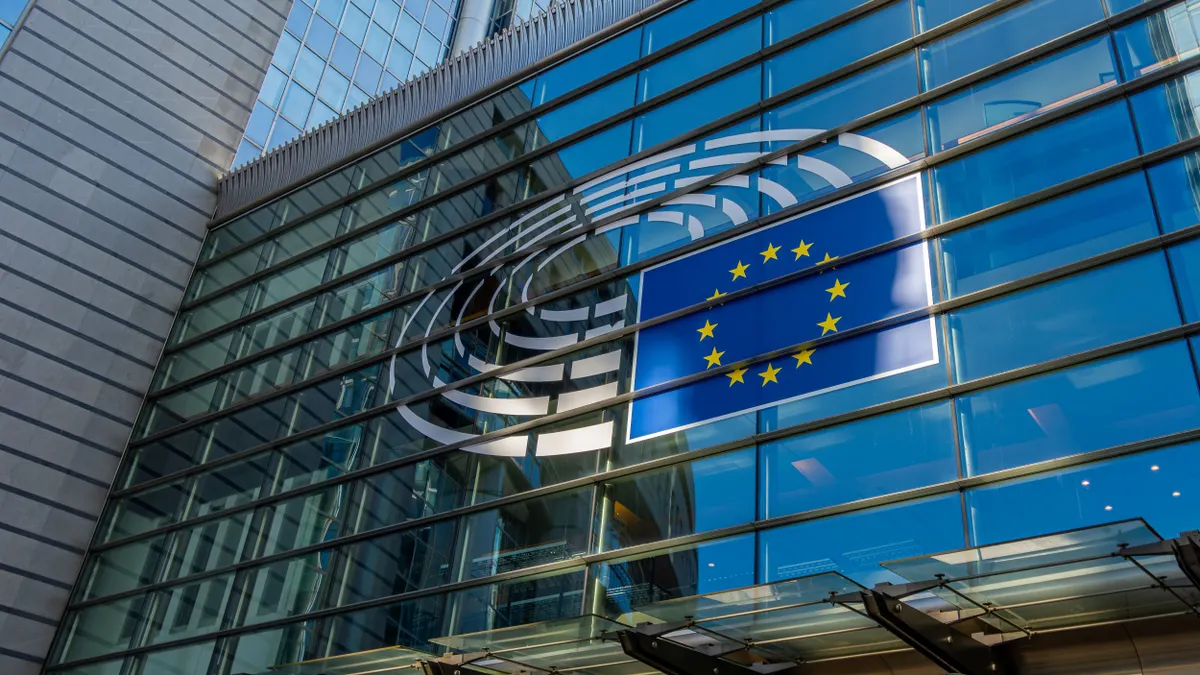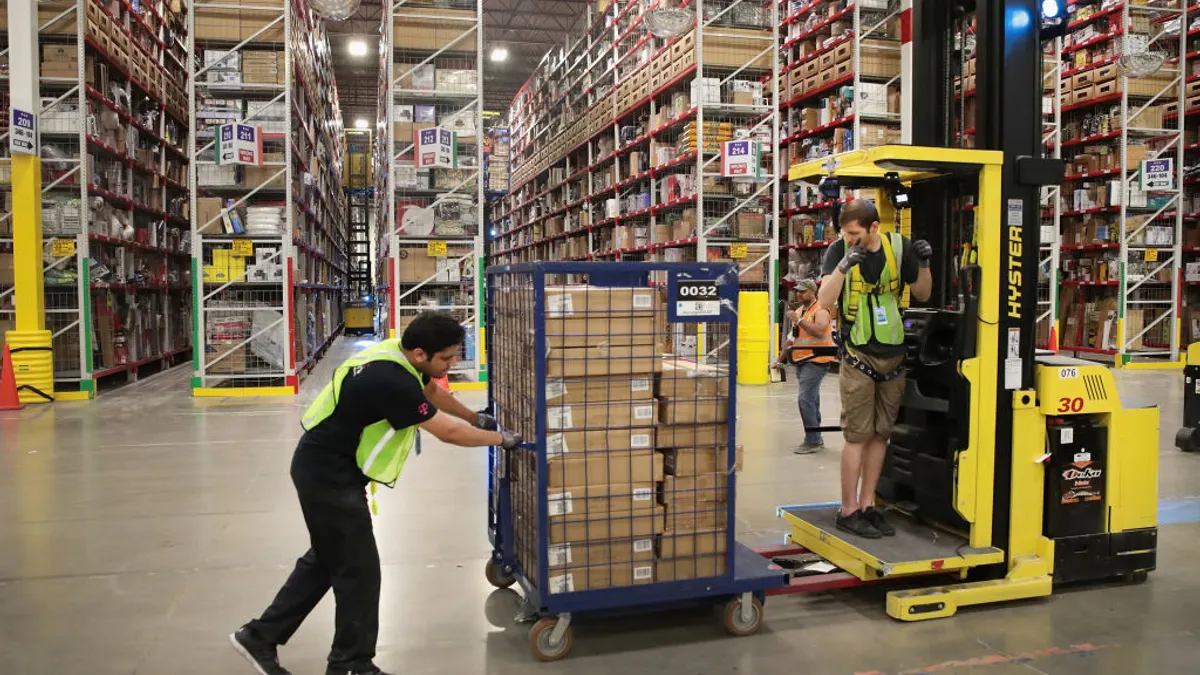Brad Siegal is a shareholder in Buchalter’s Nashville office and a member of the Real Estate practice group, with particular expertise in multifamily acquisition, disposition and development throughout the Southeastern United States. In his representation of a large mixed-use real estate investment trust, he has been involved in many multi-property and portfolio multifamily transactions.
Heather Wright is a shareholder in the Nashville office of Buchalter where she helps commercial real estate clients identify operational risks, manage risk through insurance, and maximize insurance recovery under a variety of commercial insurance policies.
Opinions are the authors’ own.
Over the past decade, environmental, social and governance considerations in commercial property development have become fairly widespread.
Beyond familiar green building certifications such as LEED, investment companies in the multi-family asset class are increasingly using ESG as a criteria in evaluating investment opportunities. These include:
- E: Environmental factors typically include issues such as greenhouse gas emissions, climate change, carbon footprint, waste management and pollution.
- S: Social factors refer to the impact on people and communities within an organization, such as diversity and relations, health and safety, as well as inclusivity concerns.
- G: Governance factors relate to items such as succession planning, executive compensation, board and shareholder management, plus diversity and structure.
ESG factors considered in the development or investment analysis could include a reduction in pollution due to the use of improved materials and technology, using Energy Star appliances, incorporating renewable energy, such as solar power, where possible and providing advanced technology, such as thermostats and similar tech, to assist in bettering environmental awareness and savings.
Assets that do not meet emerging efficiency or resilience standards may lose value quickly, complicating replacement-cost valuations. Stranded-asset concerns are rising as environmental standards and market preferences evolve. As a result, consideration of these issues in the development of any project has become critical to both developers and investors.
Insurance considerations
Of particular relevance to the environmental consideration in the ESG analysis is insurance – both the cost and the scope of coverage.
In recent years, physical climate risk, including frequent and severe storms, flooding, wildfires, sea-level rise and extreme temperatures, has increased expected losses to insurers. Increased losses have led to reduced market capacity and stricter underwriting, contributing to significant increase in premiums for both property and liability insurance.

Environmental performance is becoming a factor in premium differentiation. Properties that demonstrate verified sustainability measures and resilience — energy efficiency, flood defenses, wildfire hardening — may gain access to better terms, credits or capacity.
Conversely, poor ESG metrics can raise costs or limit availability. Documenting mitigation investments and obtaining third-party green certifications can leverage negotiations with underwriters.
Similarly, insurers may require upgrades as a condition of reinstatement or limit payment for obsolete rebuilds. Owners and investors should factor green retrofit costs into valuation planning, negotiate policy language on inflation and upgrade coverage, and plan phased upgrades to mitigate stranded-asset risk.
From an environmental risk standpoint, soil and groundwater contamination, hazardous building materials and indoor air quality issues can result in third-party claims, remediation costs and reduced property values. Many standard commercial property policies will exclude or sublimit pollution losses, requiring owners to rely on separate environmental liability products or pollution extensions.
Protect yourself
Strong Phase I/II environmental assessments, environmental management systems and appropriate pollution liability coverage are essential risk-transfer steps. Accurate disclosure and fulfillment of warranty obligations are also critical.

Investors, lenders and counterparties expect environmental transparency, and nondisclosure of known contamination or material risks that can jeopardize coverage or invite subrogation. Owners should maintain consistent disclosure practices, coordinate insurance submissions with loan and lease warranties and promptly notify insurers of material incidents or site changes.
The rise in both frequency and severity associated with environmental and catastrophic losses create unique and acute insurance claim challenges. The scale and scope of damage often overwhelm local claims infrastructure, which cause delayed inspections, slower claim payments and shortages of materials as well as experienced and qualified contractors.
Coverage disputes multiply over issues such as cause and proximate cause and concurrent-cause and anti-concurrent-cause issues, and application of sublimits also delay claims handling. In addition, business interruption risks beyond direct physical damage can increase dramatically. Significant environmental events can disrupt utilities, supply chains and tenant operations and access, causing income loss and extra expenses.
Proving these business interruption losses can be complex, time-consuming and expensive.
Owners, investors and asset managers should conduct rigorous environmental due diligence and ongoing monitoring, and align insurance programs to cover pollution and climate-driven perils. Investing in resilience measures and documenting those investments will improve the sustainability, insurability and marketability of property portfolios.

